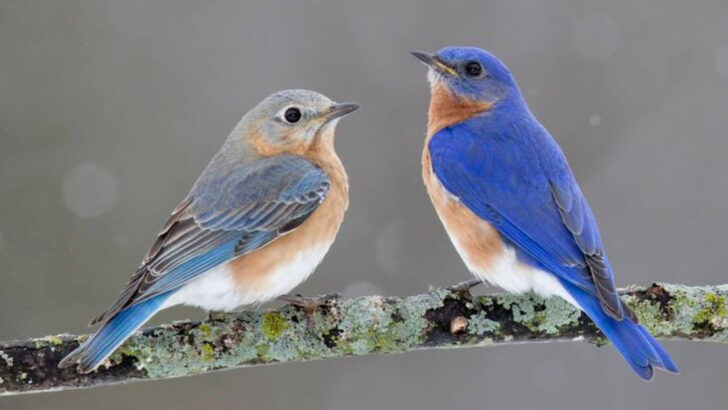Some birds are born plain—then turn into walking rainbows.
From dull gray fluff to blazing crimson, electric blue, or shimmering green, these birds go through wild makeovers that would make a chameleon jealous. And they don’t do it for show. There’s purpose behind the glow-up.
In the bird world, color is power.
It signals strength.
Attracts mates.
Warns rivals.
And sometimes, hides the young in plain sight.
Watching these birds change as they grow is like witnessing nature hit the “reveal” button. One moment, they’re blending in. The next—they’re flying art.
So what sparks the shift?
Hormones? Feathers? Magic?
This list takes you straight into the heart of the avian beauty game. Ten birds. Ten wild color stories. All changing their looks in ways that feel part science, part sorcery.
American Goldfinch
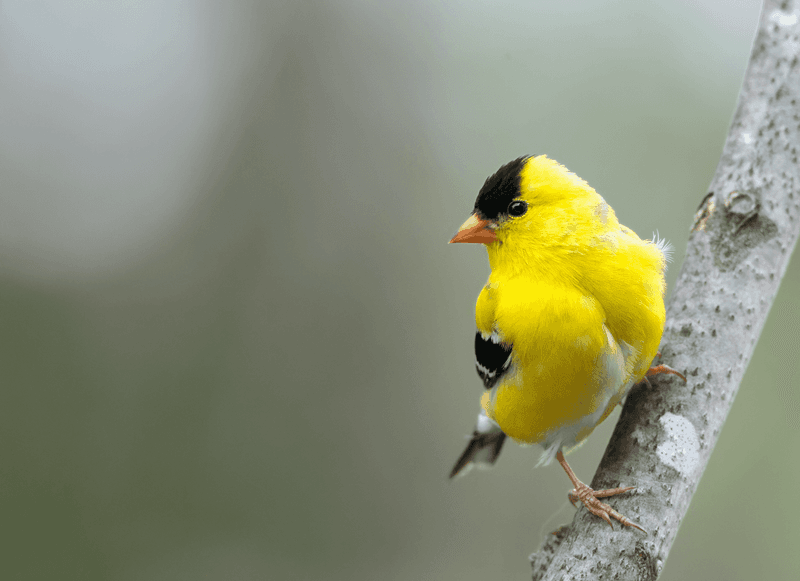
The American Goldfinch undergoes a remarkable transformation. During the winter, it sports a subdued brownish color, blending seamlessly with the barren landscape. As spring approaches, these birds don a dazzling yellow plumage, signaling the arrival of warmer days.
This color change is primarily a result of molting, enabling them to attract mates. Goldfinches are known for their cheerful demeanor and melodic songs.
Did you know? They are one of the few bird species that molt twice a year, reflecting their adaptation to seasonal changes.
Painted Bunting

The Painted Bunting is often considered one of the most beautiful birds in North America. Young males initially resemble the greenish females, which helps them avoid predators. As they mature, they reveal stunning blue, green, and red hues.
This transformation is not just for beauty; it serves a crucial role in mate selection. The brighter and more varied the colors, the more attractive the male is to potential mates.
Their vivid colors have earned them nicknames like “nonpareil,” meaning “without equal.”
Eastern Bluebird
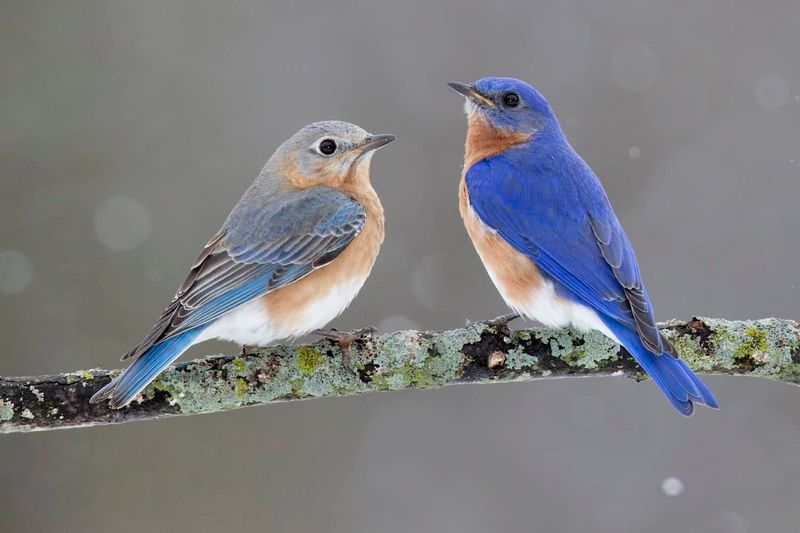
Eastern Bluebirds captivate with their vibrant blue and rusty orange feathers. Juveniles, however, start life in spotted plumage, offering camouflage in their early days.
As they mature, their colors become more pronounced, signaling readiness for breeding. This change enhances their visibility, aiding in territorial displays and attracting mates.
A warm-hearted symbol of happiness, the bluebird has inspired songs and folklore, often seen as a harbinger of spring.
Scarlet Tanager
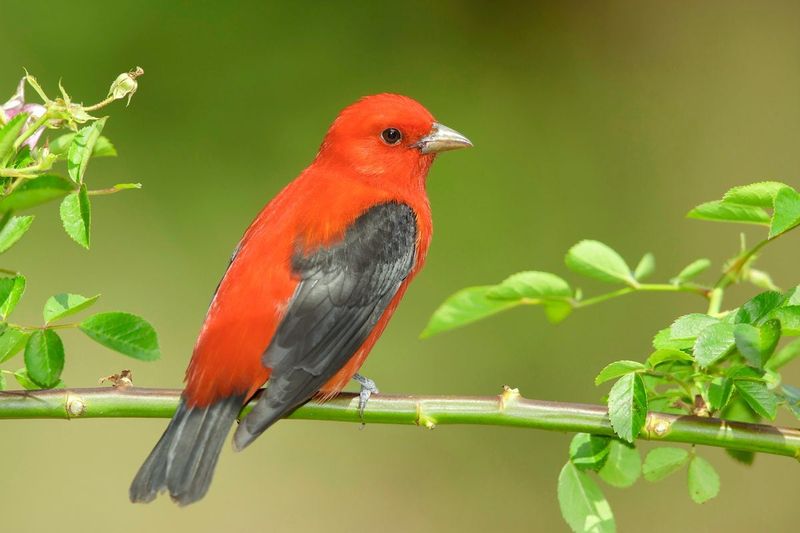
The Scarlet Tanager’s transformation is a striking one. Males shed their olive-green wings for a fiery red in the spring, creating a striking contrast with their black wings.
This vivid change is crucial for attracting mates and establishing territory. The redder the male, the healthier he is perceived to be by potential mates.
Interestingly, in fall, they revert to their greenish hues, blending into their environment as they migrate to South America.
Snowy Owl
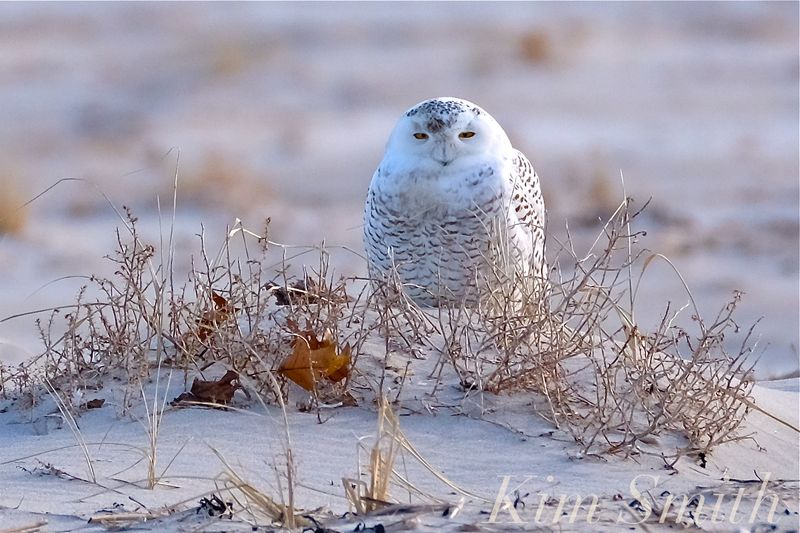
Known for its majestic presence, the Snowy Owl undergoes a subtle yet significant color change. Young owls have speckled brown plumage, which provides camouflage against the tundra.
As they mature, they develop the classic white plumage synonymous with their species, aiding in hunting and mate attraction.
These adaptations are essential for survival in the harsh Arctic environment, where blending into the snow can mean the difference between life and death.
Common Loon
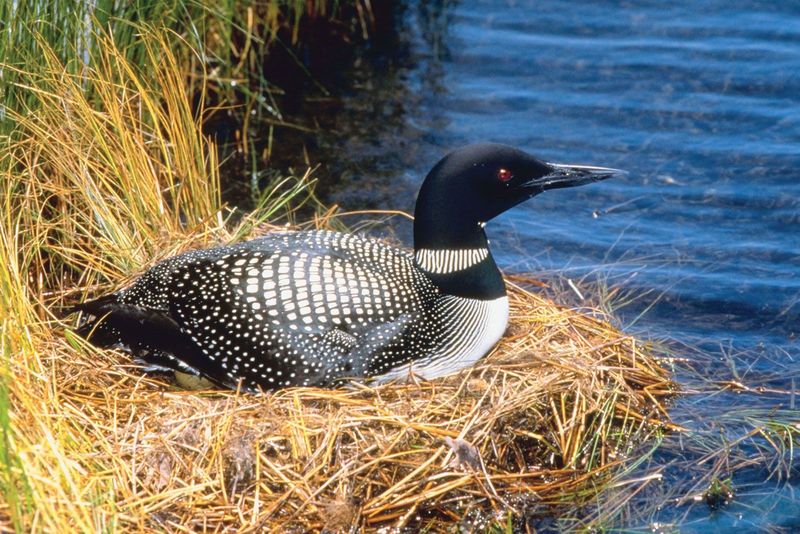
The Common Loon, famous for its eerie calls, changes dramatically from winter to summer. During colder months, it dons a modest grayish plumage, blending with the icy waters.
As the season turns, it showcases a striking black-and-white pattern, creating a dazzling display on northern lakes. This transformation is crucial for attracting mates and establishing breeding territories.
Loons are powerful symbols in Native American mythology, often seen as guides between two worlds.
European Starling
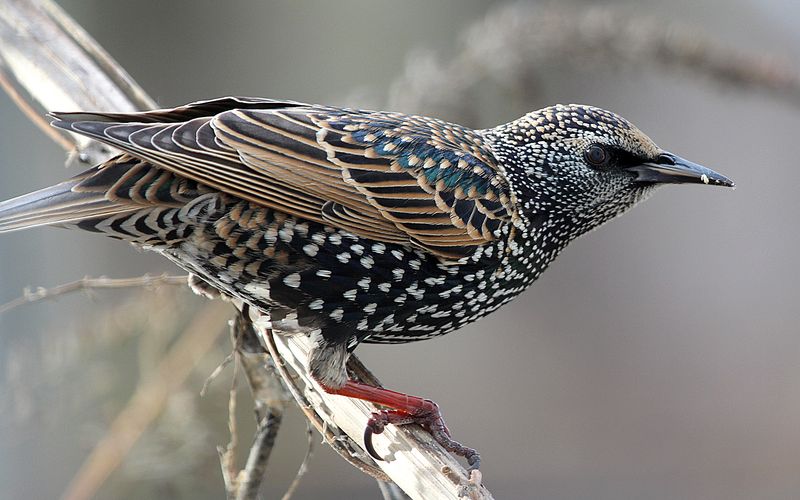
The European Starling is a master of mimicry and transformation. In winter, its feathers appear speckled with white tips, providing seasonal camouflage.
As spring approaches, these tips wear away, revealing a glossy black plumage with hints of purple and green, shining in the sunlight.
This change is not merely for aesthetics; it plays a significant role in social hierarchies and mating rituals, where the most iridescent individuals often dominate.
Rose-breasted Grosbeak
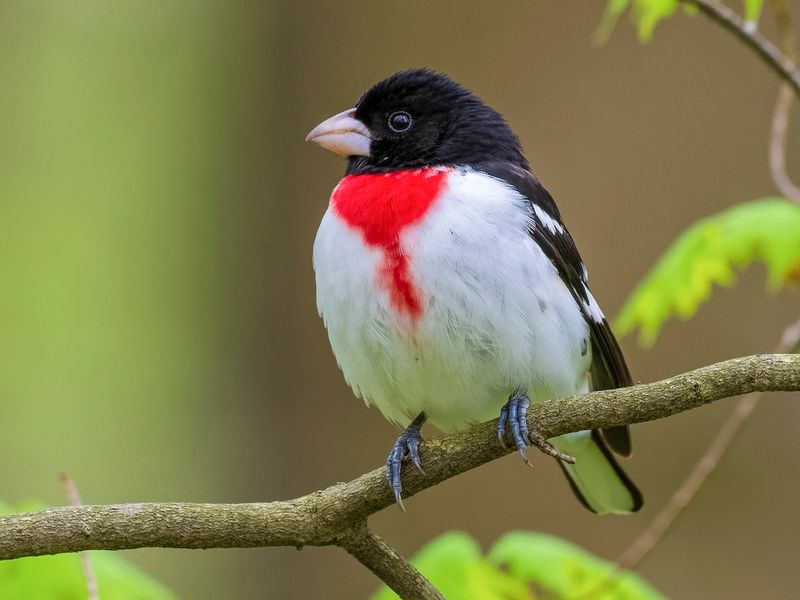
Renowned for its melodious song, the Rose-breasted Grosbeak changes from a muted brown to striking black and white, with a vivid rose patch on the breast.
This transformation occurs as they return to breeding grounds in North America, signaling their readiness to mate. The vibrant colors not only attract partners but also deter rivals.
These birds, with their powerful beaks, have an affinity for seeds and insects, contributing to the ecosystem’s balance.
House Finch
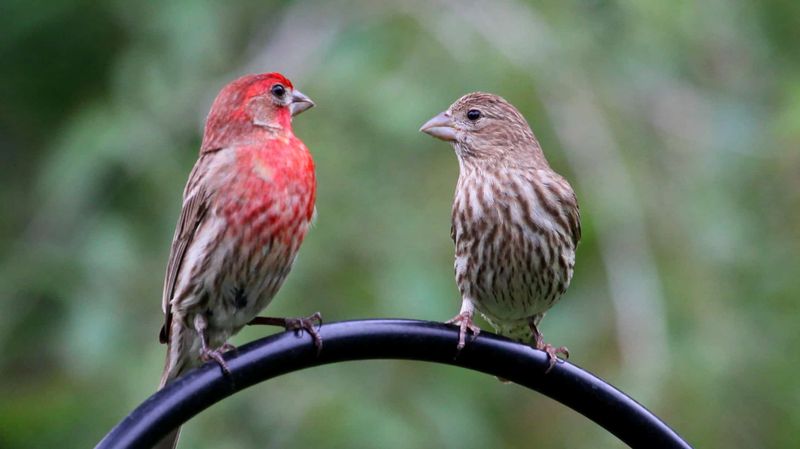
The House Finch’s transformation is a delightful one, with the males changing from a drab brown to various shades of red, orange, or yellow.
This color shift is influenced by diet, where the pigments from consumed foods directly impact their feather coloration. The brighter the color, the more appealing they are to females.
House Finches are social creatures, often found in flocks, and bring cheer to many urban and suburban gardens.
Northern Cardinal
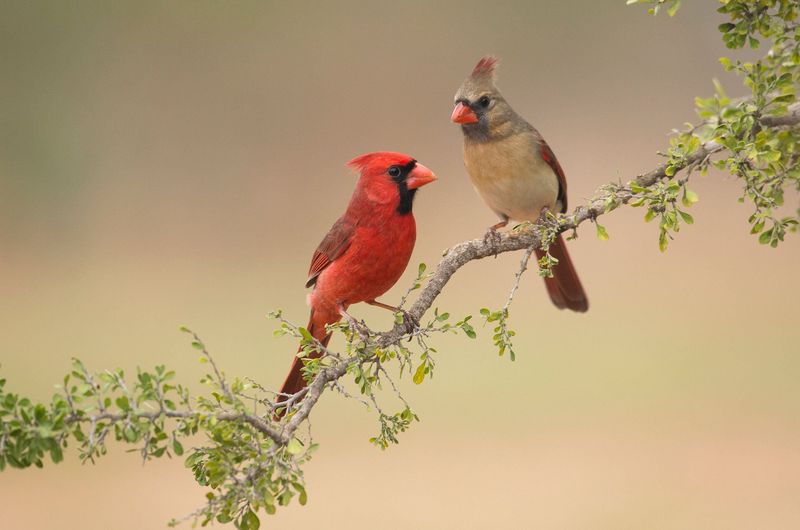
The Northern Cardinal is a beloved bird, known for its vibrant red plumage. Young cardinals are born with brownish tones, gradually acquiring their striking red color as they mature.
This color change is crucial for social signaling and mate attraction. The intensity of the red is often an indicator of health and vitality.
Cardinals are non-migratory, bringing joy to backyards year-round. Males are particularly vocal, serenading mates with a repertoire of songs.

